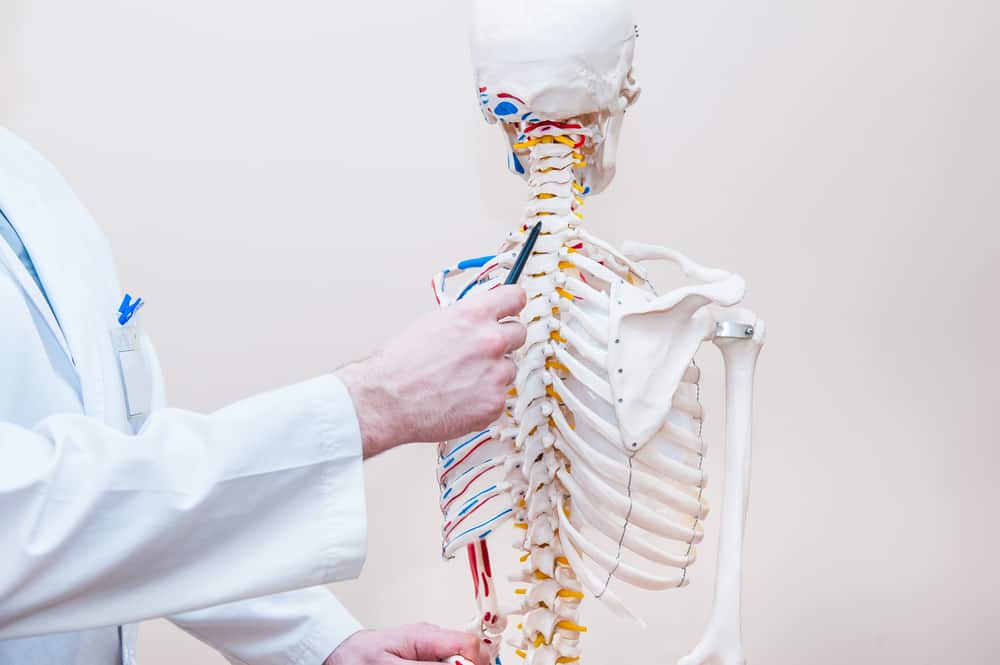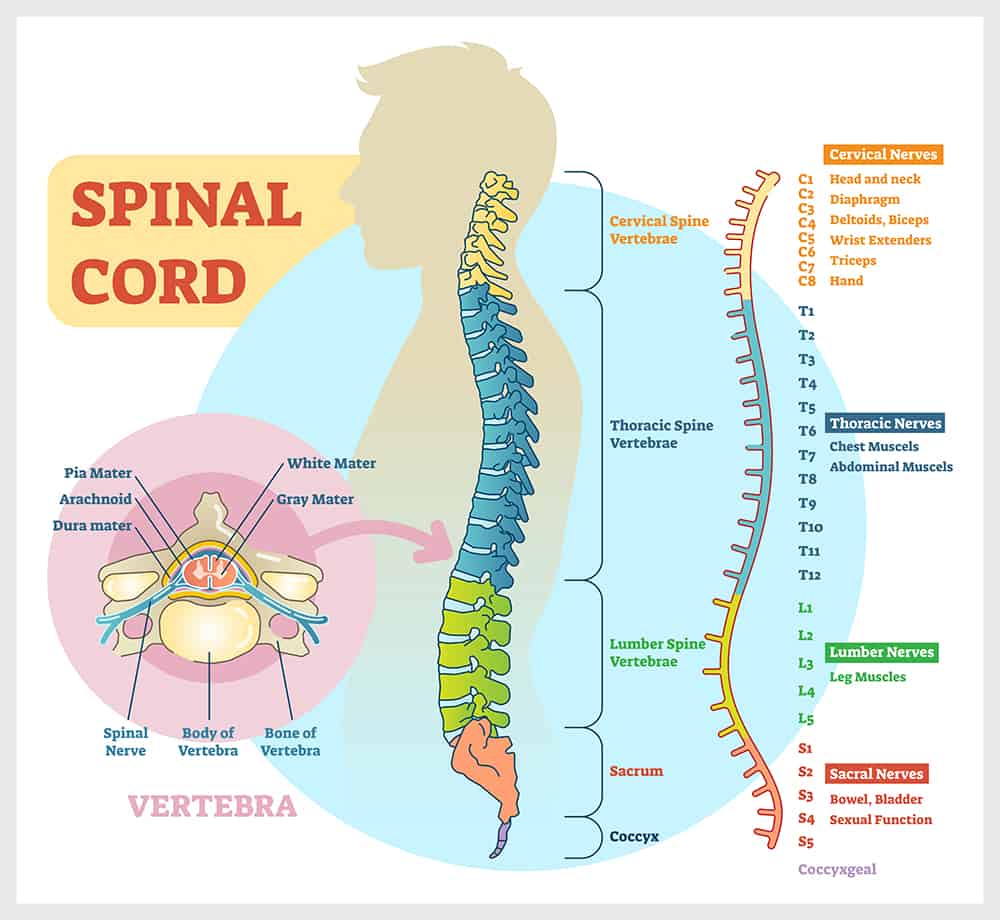If you have already experienced back pain, you will not have much difficulty understanding how complex and challenging it is to manage. There are different types of back pain, and the treatment plan can vary based on your condition. The intensity of pain is likely to differ from person to person, and so are the pain management plans. For instance, a person can experience severe and unbearable pain due to a herniated disc. On the other hand, a sprain in the back muscles can cause mild to moderate pain. There are conditions when a person can experience excruciating pain in the back, which subsides within a few weeks or months.

Know The Spinal Anatomy
The spinal cord can be divided into three regions, namely, the cervical spine or the neck, the thoracic spine or the upper back, and the lumbar spine or the lower back. The upper back or the thoracic spine consists of twelve vertebral bodies in the upper back. It takes the form of a string cage for protecting the heart and lungs. The upper region of the back does not facilitate motion so that you can avoid wear and tear of this region. However, irritation on the upper back muscles or malfunction in the joints can also cause pain. Besides this, herniated discs in the thoracic region can also cause back pain.

The lower back or the lumbar spine, on the other hand, is responsible for motion and carries the weight of your body, which makes it susceptible to injuries. Different sections of the lumbar spine are prone to wear and tear. A majority of back pain occurs due to muscle strain. Even if strained muscles may sound similar to a severe injury, they can damage the tissues of the lower back, causing intense pain. However, the soft tissues have an adequate blood supply and provide nutrients to the affected area to minimize back pain.
The spinal column comprises thirty-three bones called vertebrae that are spread across five regions. The spine facilitates several movements, such as bending, twisting, and standing straight. If you have a healthy spine, you will have strong ligaments, tendons, and joints. Injury or disease of any of these parts can cause discomfort or pain. When you look at the spine from the side, three curves are replicating the shape of “S.” The curve functions as a shock absorber for the spine and protects from muscle strain and injuries. Here are the parts of the spine. Vertebrae, the spinal cord, nerves, facet joints, muscles, ligaments, tendons, and intervertebral discs are the different sections of the spine.
